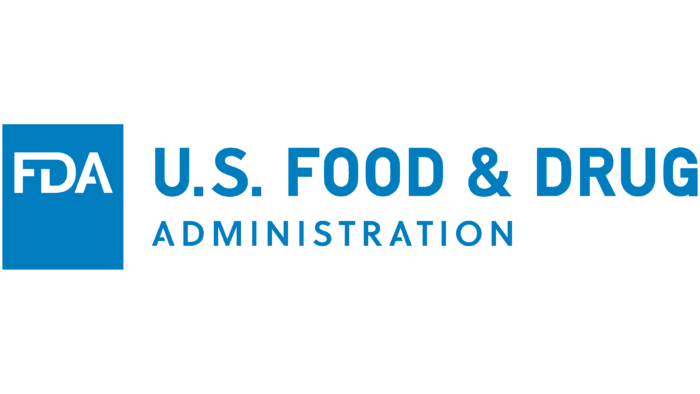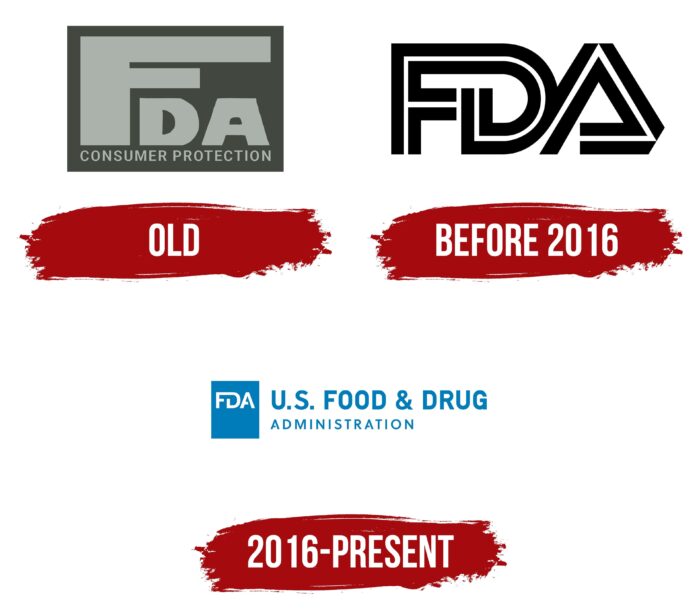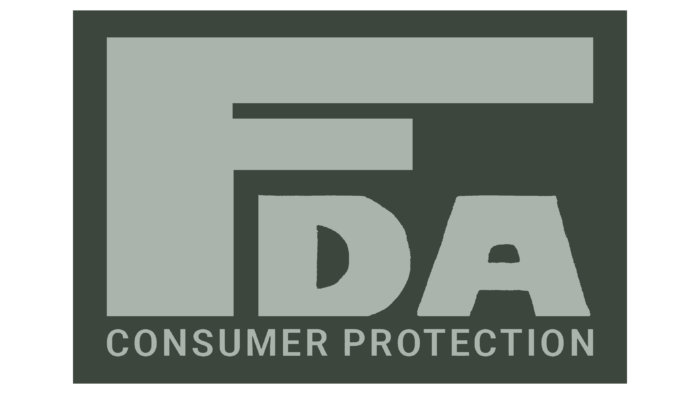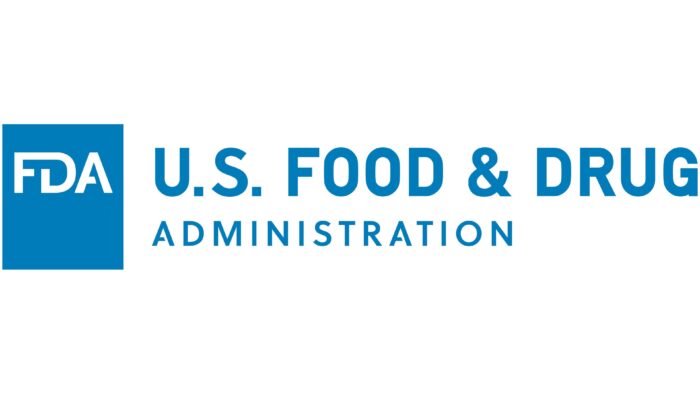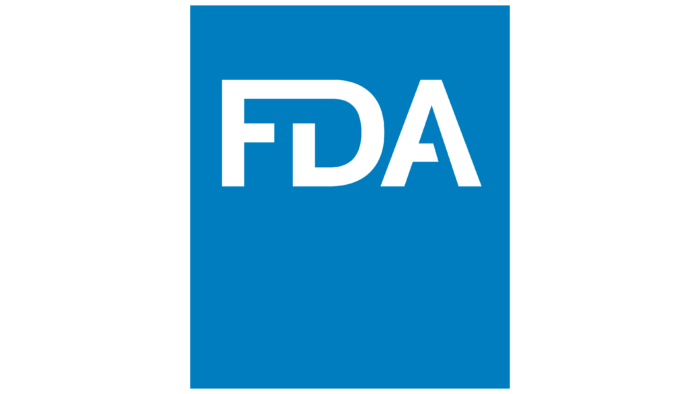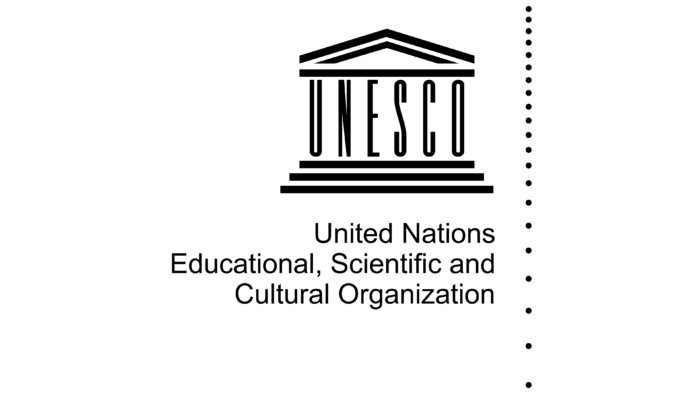Accounting, control, and orderly business reflect the FDA logo. The organization provides rigorous testing of medicines and vaccines and develops rules that guarantee the safety of citizens. The emblem shows: without checking in the administration, the doors to the US market are closed.
FDA: Brand overview
| Founded: | June 30, 1906 |
| Founder: | Department of Health and Human Services |
| Headquarters: | Silver Spring, Maryland, U.S. |
| Website: | fda.gov |
Meaning and History
The FDA was formed in 1906 as the Bureau of Chemistry. The organization was renamed the Food and Drug Administration in 1931 to reflect the broad scope of its activities. The agency’s structure includes many divisions with their missions. For example, CDRH employees oversee the safety of devices that emit radiation, and CFSAN representatives oversee food quality.
All medical product manufacturers must be registered with the FDA in the US. This requirement includes an annual inspection to ensure the company has proper manufacturing conditions. Materials and devices undergo mandatory testing to gain approval.
The agency’s branching structure was used to prevent it from unifying its communication materials, so the FDA did not have a streamlined identity. Without a unified visual identity, there was confusion about the logos of the different divisions. As a result, there was a loss of semantic connection between them: they were not perceived as part of the same system.
In 2016, the organization underwent a global rebranding to standardize its design and use a recognizable visual identity to unify all of the centers and offices that make up the streamlined FDA structure.
Old logo
The exact time of the early Food and Drug Administration logo is uncertain. It is only known that it was created after 1931 because it reflects the modern name of the organization, adopted by the Bureau of Chemistry 25 years after its founding. The graphic symbol contained the abbreviation “FDA” written in bold type. The first letter rose above the others and covered them with its long horizontal strokes. In this way, the designers expressed the agency’s key mission of providing protection.
Under the abbreviation was the phrase “CONSUMER PROTECTION,” describing the FDA’s primary mission. A thin, sans serif typeface was used for it. The text was placed in a dark gray rectangle.
Before 2016
Food and Drug Administration adhered to a monogrammed logo in the middle of its activities. It contained the connected letters “F,” “D,” and “A,” which consisted of triple lines. Each mark’s base was a thin white middle, encircled on both sides by bold black stripes. The “D” and “A” had merging side outlines, while the “F” and “D” were fully merged to form one solid figure of abstract shape.
2016 – today
The logo designed in 2016 has two parts: a monogram and a wordmark. And the lettering is always on the right side of the figure. The abbreviation “FDA” occupies the upper half of the blue vertical rectangle. This element was created using a 6/5 modular grid to achieve geometric harmony and size changes without breaking proportions.
The text contains the full name of the organization: “U. S. FOOD & DRUG ADMINISTRATION” in upper case. All words except the last are written in bold letters in the first line. “ADMINISTRATION” occupies the second row and consists of thin, noncontrasting letters without serifs.
Sometimes the icon with the abbreviation can be used separately from the inscription. It is stylized as a cell of the Mendeleev table, as it was the inspiration for the new design. According to the modern concept, the agency identifies itself with an element of the periodic table because its influence extends to a huge number of products found in all areas of people’s lives. The FDA’s visual identity is based on the “blocks” of the table.
The same logo can be combined with the names of different departments to unify the organization’s structure. This is something the Food and Drug Administration lacked before 2016. The universal graphic system has saved on the production of communication materials because they no longer need to be created from scratch.
FDA: Interesting Facts
The Food and Drug Administration (FDA) is essential for ensuring public health in the United States by overseeing the safety of food, medicine, and more.
- How It Started: The FDA began with the 1906 Pure Food and Drugs Act, prohibiting tampering with food and medicine. Officially named the FDA in 1930, this act marked its beginning.
- Early Experiments: Dr. Harvey W. Wiley, known as the “Father of the FDA,” and his “Poison Squad,” did tests to show the dangers of food additives. Their work helped convince people that the government should regulate food and drugs.
- Expanding Authority in 1938: After a deadly drug incident in 1937, the 1938 Food, Drug, and Cosmetic Act made it necessary for new drugs to be safe before they could be sold.
- Stricter Drug Rules: The 1962 Kefauver-Harris Amendments were a response to a medication causing birth defects in Europe. They required proof that drugs were both safe and effective.
- Overseeing Medical Devices: Since 1976, the FDA has regulated medical devices, from simple tools to complex technologies like pacemakers.
- Earlier Vaccine Regulation: The 1902 Biologics Control Act, even before the FDA’s official start, allowed it to oversee vaccine safety following a vaccine-related incident.
- Supporting New Treatments: The FDA has special programs to speed up drug approvals for serious conditions and to promote the development of treatments for rare diseases.
- Worldwide Influence: The FDA sets standards many other countries follow, affecting global public health, food safety, and medical product development.
- Emergency Responses: During emergencies like the COVID-19 pandemic, the FDA can quickly authorize medical treatments and vaccines.
- Nutritional Information: A 1990 law required most foods to have nutritional labels, giving people vital information about what they eat.
- Tobacco Control: Since 2009, the FDA has had the power to regulate tobacco products, a significant step for public health.
- Adapting to Technology: The FDA keeps up with health technology by setting health apps and telehealth rules, showing its flexibility and commitment to healthcare quality.
The FDA’s role in overseeing a wide range of products is crucial for consumer safety and healthcare quality. Its efforts influence health standards in the U.S. and globally, showing its dedication to protecting public health.
Font and Colors
According to the style guide, the agency’s primary font is Din FF, a non-contrast grotesque with several lettering options. There are two versions of the FDA logo: bold (for “U. S. FOOD & DRUG”) and thin (for “ADMINISTRATION”). All letters are necessarily in upper case.
As for the color scheme, a combination of FDA White (#FFF) and FDA Blue (#007CBA) is preferred. The monogram is colored white, and the rectangle and the organization’s name are colored blue. On a black background, the colors swap places. If the surroundings are white, the lettering and rectangle can be black (#2E2925), and the abbreviation is then a proprietary shade of blue.
FDA color codes
| Star Command Blue | Hex color: | #007cba |
|---|---|---|
| RGB: | 0 124 186 | |
| CMYK: | 100 33 0 27 | |
| Pantone: | PMS 7461 C |
